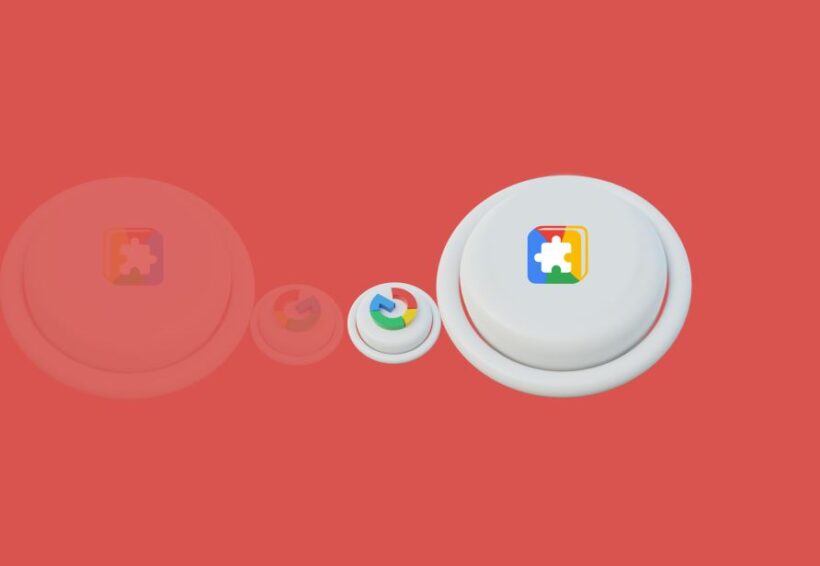The Data URI scheme is a mechanism that allows developers to embed small files, such as images, fonts, or scripts, directly into HTML or CSS code. Instead of referencing an external file, the Data URI scheme encodes the file’s content as a string of text, which can then be used directly in HTML attributes or CSS properties. This technique eliminates the need for separate file requests, reducing the number of HTTP requests and improving performance.
How Data URI Scheme Works
A Data URI consists of several components:
Data Prefix: The Data URI scheme begins with the “data:” prefix, indicating that the content that follows is encoded data.
MIME Type: The MIME type (Multipurpose Internet Mail Extensions) specifies the type of data being embedded, such as “image/png” for an image or “application/font-woff” for a font.
Base64 Encoding: The actual data is encoded using Base64, a widely used encoding scheme that represents binary data in an ASCII format, making it safe to include in URLs and HTML documents.
Encoded Data: The file’s content is encoded in Base64 and included as a string within the Data URI.
Here’s an example of a Data URI for an image:
<img src="data:image/png;base64,iVBORw0KGgoAAAANSUhEUgAAAAUAAAAFCAYAAACNbyblAAAAHElEQVQI12P4//8/w ... (encoded data continues) ... AAAAABJRU5ErkJggg==" alt="Embedded Image">
Benefits of Data URI Scheme
Using the Data URI scheme offers several advantages:
- Reduced HTTP Requests: By embedding data directly in the HTML or CSS code, the need for separate file requests is eliminated, reducing the number of HTTP requests and improving page load times.
- Improved Performance: By reducing the number of external resources, Data URIs can enhance performance, especially for small files like icons or background images.
- Offline Capability: Data URIs allow web applications to function even when offline since all the required data is embedded directly in the HTML or CSS code.
- Simplified Deployment: With Data URIs, there is no need to manage and deploy separate files, simplifying the deployment process and reducing server requests.
Use Cases for Data URI Scheme
The Data URI scheme is particularly useful in the following scenarios:
Small Icons and Images: Data URIs are ideal for small images, icons, or background images, as they eliminate the overhead of separate file requests.
Dynamic Content Generation: Data URIs can be generated dynamically on the server-side, allowing for customizable or personalized content without the need for separate files.
Reduced Latency: In scenarios where reducing the number of HTTP requests is crucial, such as in real-time applications or mobile devices with high latency, Data URIs can improve performance.
CSS Sprites: Data URIs can be used to create CSS sprites, combining multiple images into a single Data URI, reducing the number of requests needed for image sprites.
Challenges and Considerations
While the Data URI scheme offers benefits, there are also considerations to keep in mind:
- File Size Limit: Data URIs are most effective for small files. For larger files, the encoded data can become lengthy, increasing the size of the HTML or CSS code and potentially impacting performance.
- Encoding Overhead: The process of encoding and decoding data incurs an overhead, which can impact performance, especially for larger files or on less powerful devices.
- Caching and Update: Data URIs are typically cached along with the HTML or CSS code, which can make updating the embedded data more challenging compared to separate files.
- Search Engine Optimization (SEO): Search engine crawlers may not be able to interpret or index data embedded in Data URIs, potentially impacting SEO efforts.
The Data URI scheme provides a convenient way to embed small files directly into HTML or CSS code, reducing HTTP requests and improving performance.
By encoding files using Base64, developers can streamline their web applications, enhance performance, and enable offline functionality. However, it’s important to consider the limitations and potential trade-offs, especially when dealing with larger files or in scenarios where caching and update mechanisms are crucial.




